
sanitation
-
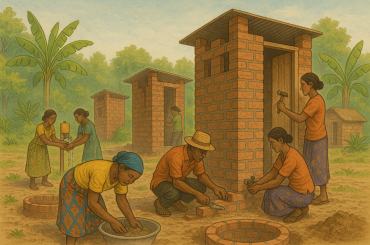
Improving sanitation: What works and what doesn’t
Approximately one billion people worldwide lack access to proper sanitation. How does this impede development, and what investments are necessary to bridge this gap?
-
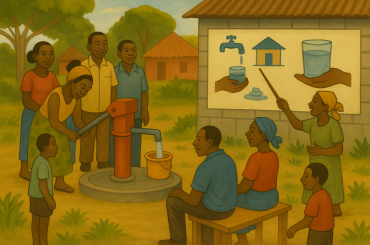
Lessons from a community-led WASH programme in the Democratic Republic of Congo
A community-led water, sanitation, and hygiene programme in the Democratic Republic of Congo improved access but was unable to protect child health. Evidence suggests that more investment in water quality may be necessary to reduce diarrheal diseases...
-

Improving access to and usage of clean water
Why has water treatment been historically neglected by governments and donors given the significant short- and long-term benefits of clean water provision and use? How can we design interventions to ensure households have access to and use clean water?
-
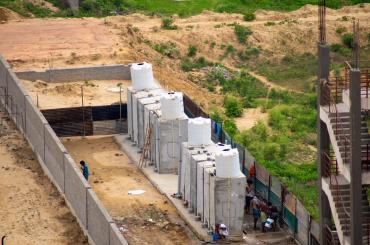
Policy lessons from new advances in sanitation economics
To effectively improve sanitation in low-income areas, policy must address a number of key issues, including credit market failures, environmental externalities, social preferences and low public sector capacity
-

Sanitation and property tax compliance: Analysing the social contract in Brazil
A household’s access to the urban sanitation network can have a significant impact on whether it pays its taxes
-

Sanitation investments, water pollution and health: Lessons from India
Sanitation investments in India led to large increases in water pollution, which offset the intended health benefits of increased latrine construction
-
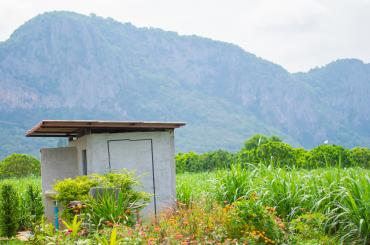
Increasing the adoption of safe sanitation infrastructure: Evidence from India
Labeled microcredit loans increase the take-up of safe toilets, but take-up and conversion are influenced by intra-household gender differences in perceptions and bargaining power
-

Encouraging demand for sanitation in Indonesia
Poverty, low social capital and low government administrative capacity hinder sanitation improvements, even when the health benefits are clear.
-
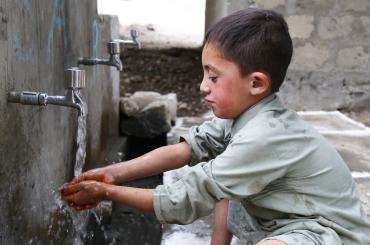
Sustaining behavioural change: Evidence from rural Pakistan
Where community interventions lead to behaviour change, continued interactions are needed to help people maintain healthy behaviours